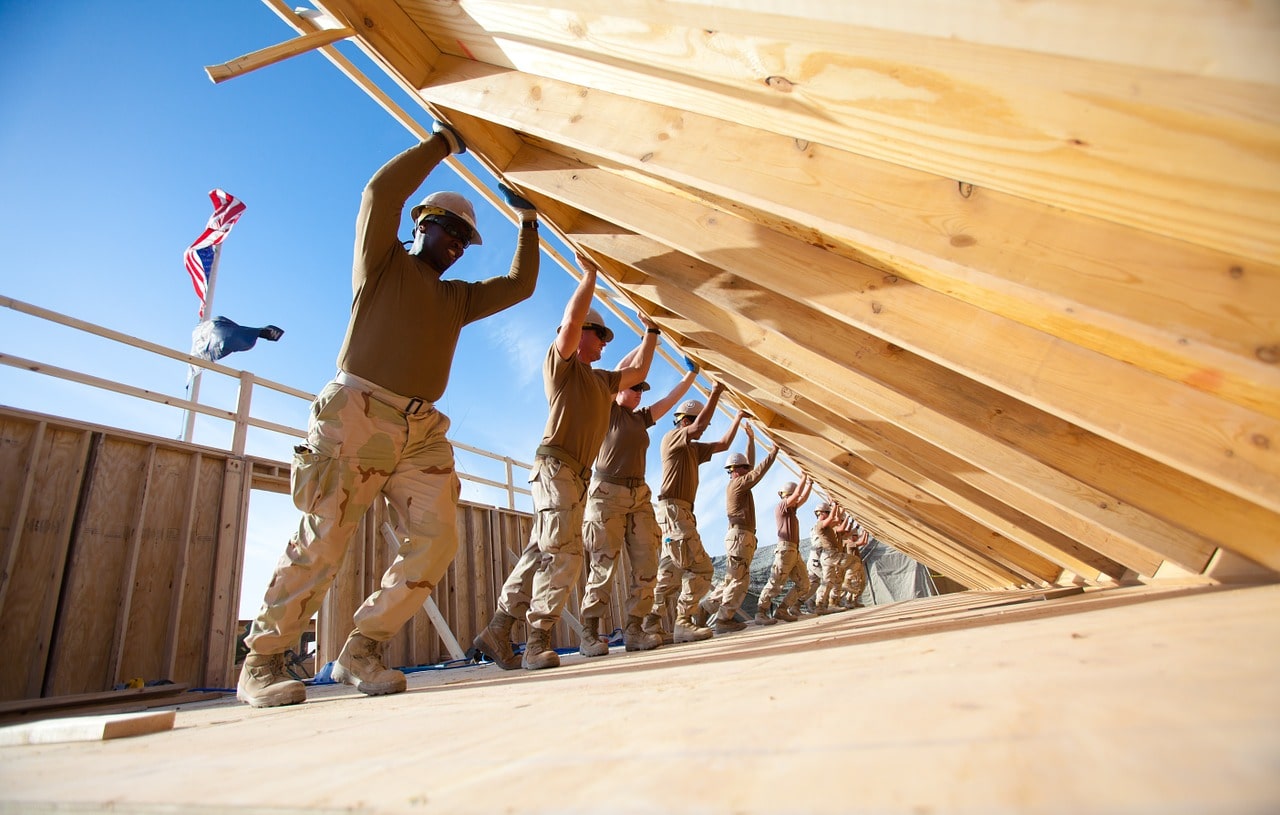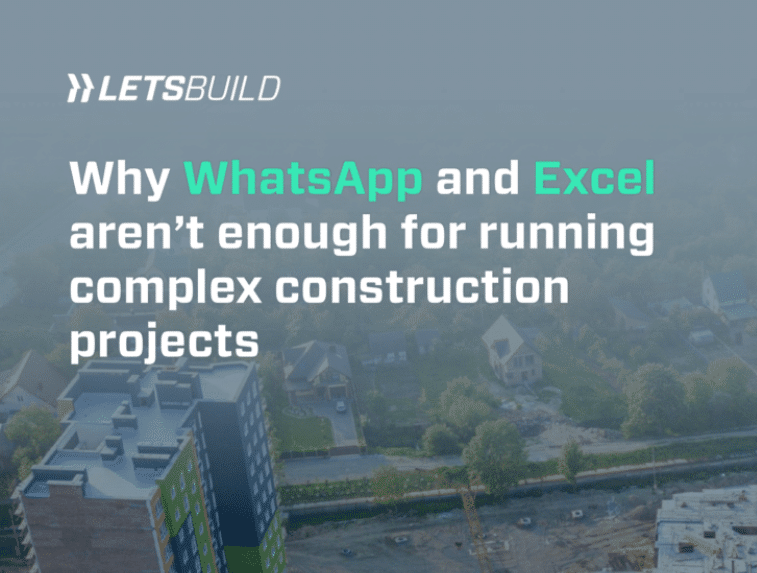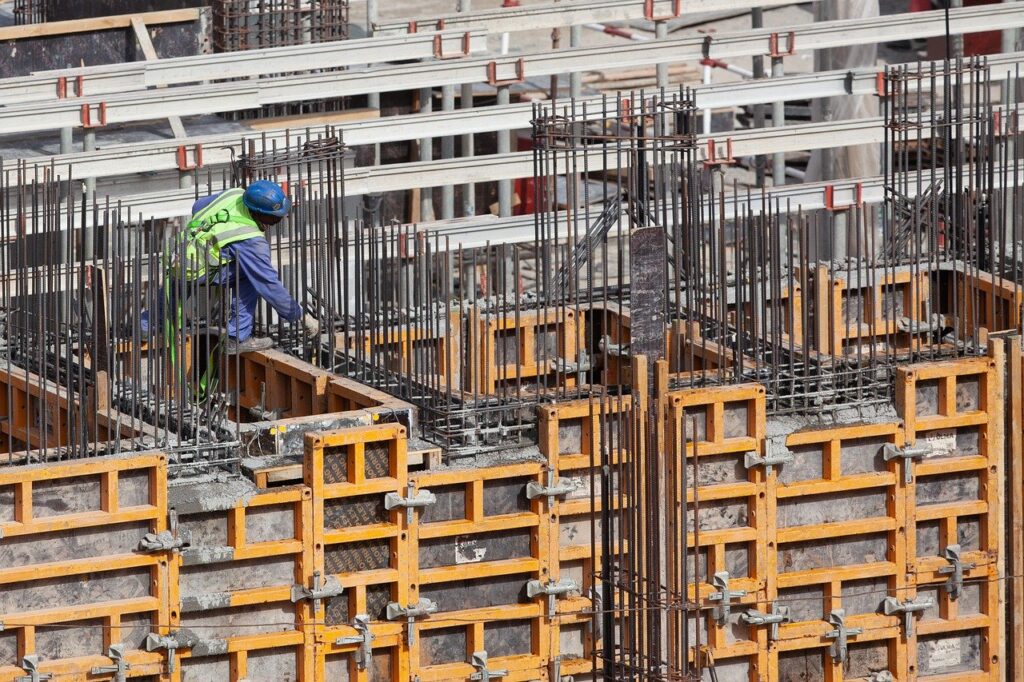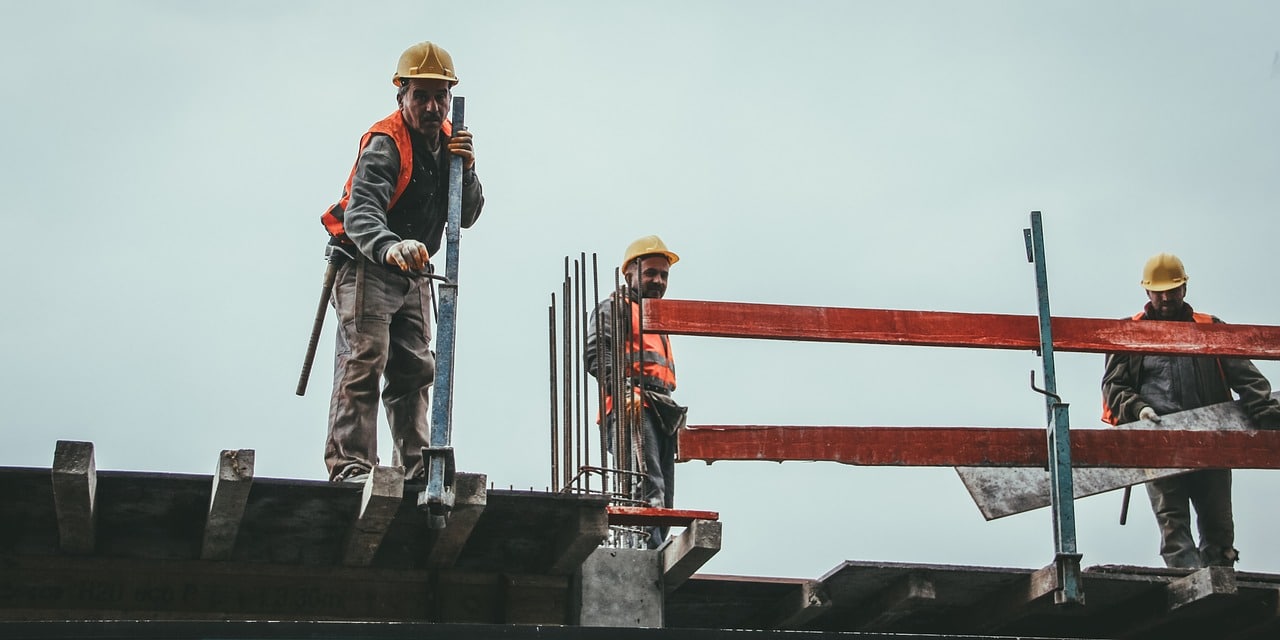Planning is a crucial aspect of a successful construction management process and the overall success of a construction project. It is highly recommended that you have established a planning style prior to project execution.
Top-down and bottom-up planning methods are two of the most popular approaches used in the construction industry when it comes to planning. Whilst these two planning models represent opposite approaches, they illustrate parallelism in identifying a company’s key objectives.
In short, top-down planning proceeds from the general to the specific of things, while bottom-up planning moves from the specific to the general. Top-down planning is the most popular approach in traditional construction.
However, in recent years, a lot of organisations have switched to bottom-up planning. Some construction companies use a combination of both approaches to create an agile planning process and pave the way for a building process with fewer interruptions and increased profits.
There are various things to consider when choosing a planning approach: the company culture, business environment, executive management, stakeholders, and construction planning tools. Selecting a planning model is an important decision that impacts each and every aspect of a construction business and its construction projects.
What is the difference between bottom-up and top-down project processing?
Processing takes place from top to bottom as well as from bottom to top. Other than for planning, these processing methods are also used for defining company goals and the next strategic steps to achieve them.
In top-down processing, the main construction project objectives are defined and the tasks needed to support them are determined. The newly-defined activities are then divided into smaller tasks and spread across the different members of the team to begin their development. In that sense, top-down processing is a diverse approach.
With bottom-up processing, things are different as smaller goals are initially defined and activities start from the lower organisational levels of the company. These narrower goals will at a later stage be connected to the primary project goals and strategies, making it a convergent approach.
Traditionally, top-down planning involves the clear definition of construction project goals and their division into specific construction job goals, which are dealt with in different construction phases. Sometimes referred to as retrograde planning, top-down planning is a planning approach that focuses on gradually moving from the top to the bottom level of a particular project hierarchy.
The construction project management team usually provides the plan that includes the project goals based on the expectations and targets set by the project owner, the contractor and the rest of the project stakeholders. This construction plan is then broken down into sub-plans of smaller construction jobs and activities and specified in the subordinate levels of planning including detailed jobs for subcontractors. This approach provides a structured control over a construction project.
Find also: Critical Path Method for construction: What you need to know
Bottom-up planning or progressive planning, on the other hand, aims to create a plan at a lower but meaningful level and then progress it to the next level up to the higher project levels. For example, bottom-up planning can focus on a particular desired functionality of a project and the entire build would be based around it.
The planning would start with small-scale organisations and piecing these smaller individual elements together to create a larger and more complex structure. This method would provide a more experimental approach that is open for restructuring and editing based on unpredicted impacts of the design.
What are the advantages and disadvantages associated with top-down and bottom-up planning?
Both top-down and bottom-up planning have their own advantages and disadvantages. Starting from top-down planning, a great advantage involves the correspondence of the sub-plan goals to the overall objectives of the project and the organisation. With a much more structured control, the top-down approach creates a plan faster by eliminating complex and time-consuming coordination tasks. Its biggest disadvantage, on the other hand, is the unrealistic and unattainable targets that result from the disconnect between management and individual departments.
With bottom-up planning, one of the greatest advantages is having more realistic plans created directly with the employees involved. Along with this, employees appear to be more motivated as they have a more meaningful role in the entire process. Nevertheless, time and coordination are the biggest bets when it comes to bottom-up planning. There is also the likelihood that sub-plans can contradict each other, which can set the bar low for the overall project goals.
Why delivering on time should be your only concern
Determining which planning approach to use ultimately depends on the nature of your construction business and the resources available to you. As a business in the very competitive construction industry, you need to decide how much control you want over the strategies you need to implement so you can achieve your key project objectives and avoid costly project interruptions and delays.
Remember, the construction process is a chain of critical activities and events that the smallest of issues can break the link and create huge setbacks. Whatever planning process you think would work best for you, the top-down or bottom-up, or even a combination of both, your main concern is to link strategies and activities with each other the best way you can to deliver your project on time and on budget.

To optimise the use of both top-down and bottom-up planning, we have found out that combining both of them produces a planning method that allows an efficient target-focused implementation of the project goals while including all other construction aspects, departments and processes. This combined method can pave the way for a data-driven construction project with fewer reworks and budget overruns.
Below you can find some tips that can be of use to you in your effort to keep your construction projects and by extension your construction company on the right path:
- Set your project targets from the top-down, while preparing them from previous bottom-up forecasts.
- Define goals and objectives to create sub-goals and sub-plans for respective departments and activities that align with the higher project goals.
- Coordinate the sub-plans from the bottom up and let project management communicate better with employees per construction task that makes up a construction job.
How to deliver on time
Whatever planning approach you use, your main focus should always be delivering on time. And the reason is simple. If you deliver according to plan then everything else around your project will come into place, as well.
So regardless of whether you prefer top-down planning or bottom-up planning, at the end of the day what really matters is being able to flag critical issues quickly and communicate with the other project teams in a timely manner.
This will help you detect problems before they become a threat to your project and will offer you the data you need in order to add predictability to your present and future projects.
If you want to dive deeper into how you can keep your organisation competitive, download for free our insightful ebook on 6 keys to staying competitive here.





